No, propositions and hypotheses are not the same, though they are closely related and both play essential roles in the development and testing of scientific theories. Understanding the distinction between them is crucial for anyone engaged in research, study, or simply trying to grasp how scientific ideas are structured and validated.
Propositions: The Big Picture Statements
Propositions are broad statements that describe the relationships between abstract concepts or ideas. Think of them as the foundational building blocks of a theory. They outline how different elements are connected without getting into the specifics of how these connections play out in real-world scenarios.
- Example of a Proposition:
- “Stress can lead to health problems.”
Hypotheses: Specific Predictions to Test Propositions
Hypotheses, on the other hand, are specific, testable predictions that are derived from propositions. They take the general relationships outlined by propositions and apply them to particular situations, contexts, or variables that can be empirically examined through experiments or observations.
- Examples of Hypotheses Derived from the Above Proposition:
- “Individuals who experience high levels of stress at work are more likely to develop hypertension within five years.”
- “Students who report higher stress levels during exam periods perform worse academically compared to those with lower stress levels.”
Key Differences Between Propositions and Hypotheses
| Aspect | Proposition | Hypothesis |
|---|---|---|
| Definition | A broad statement about the relationship between abstract concepts. | A specific, testable prediction derived from a proposition. |
| Scope | General and overarching. | Narrow and focused. |
| Purpose | To outline the fundamental connections within a theory. | To empirically test and validate (or refute) aspects of a proposition. |
| Testability | Not directly testable; serves as a theoretical foundation. | Directly testable through experiments, surveys, or observations. |
| Example | “Motivation influences job performance.” | “Employees who receive regular motivational feedback will have higher sales figures than those who do not.” |
How They Work Together in a Theory
- Start with Propositions:
- Propositions establish the main ideas and relationships within a theory. They provide the theoretical framework that explains how different concepts are interconnected.
- Develop Hypotheses:
- From these propositions, researchers generate specific hypotheses. These hypotheses are designed to test particular aspects of the propositions, making the theory empirically verifiable.
- Conduct Research:
- Scientists or researchers design studies to test these hypotheses. The results of these tests either support or challenge the original propositions, leading to further refinement of the theory.
- Refine the Theory:
- Based on the findings, theories can be adjusted, expanded, or even rejected. This iterative process enhances the robustness and accuracy of scientific understanding.
Why the Distinction Matters
Understanding the difference between propositions and hypotheses is important for several reasons:
- Clarity in Research Design:
- Clearly distinguishing between the broad theoretical statements and the specific testable predictions helps in designing effective research studies.
- Effective Communication:
- It allows researchers to communicate their ideas more precisely, ensuring that others understand the foundational concepts and the specific aspects being tested.
- Logical Structure:
- Maintaining a clear hierarchy from propositions to hypotheses ensures that theories are logically structured and systematically tested.
A Simple Analogy
Imagine you’re planning to build a bridge:
- Propositions: These are like the architectural plans that outline the overall design and purpose of the bridge. They specify how different parts (like pillars, beams, and cables) will interact to support the structure.
- Hypotheses: These are the specific tests you perform to ensure each part of the bridge will hold up under various conditions. For example, “If the bridge is subjected to strong winds, the suspension cables will maintain their tension without breaking.”
In this analogy, the propositions provide the overarching design, while the hypotheses ensure each component functions as intended within that design.
Conclusion
While propositions and hypotheses are interconnected, they serve distinct functions within the scientific method:
- Propositions lay out the general relationships and foundations of a theory.
- Hypotheses translate these broad ideas into specific, testable statements that can be empirically examined.
By understanding and utilizing both, researchers can build robust theories that not only explain complex phenomena but also withstand rigorous testing and validation.
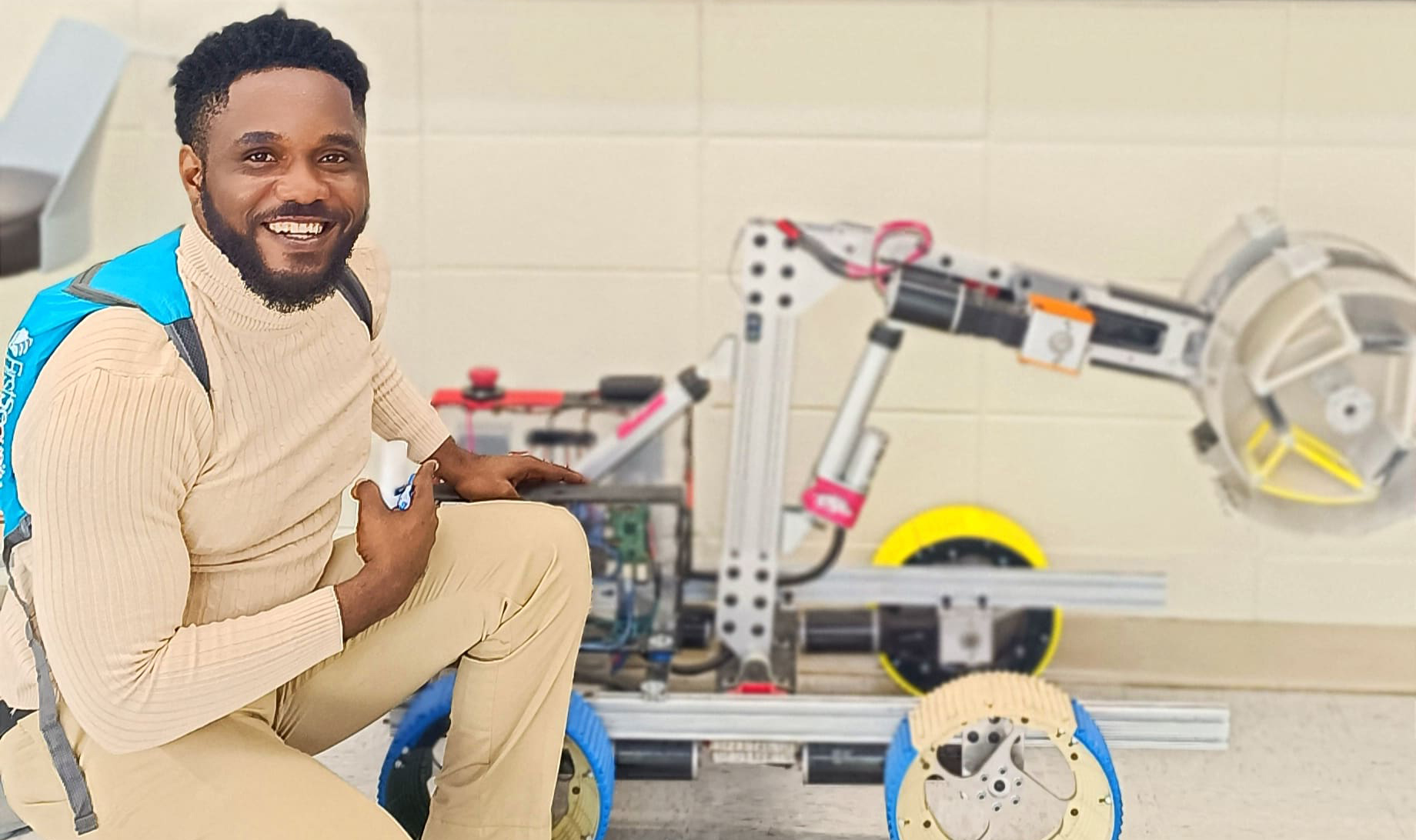

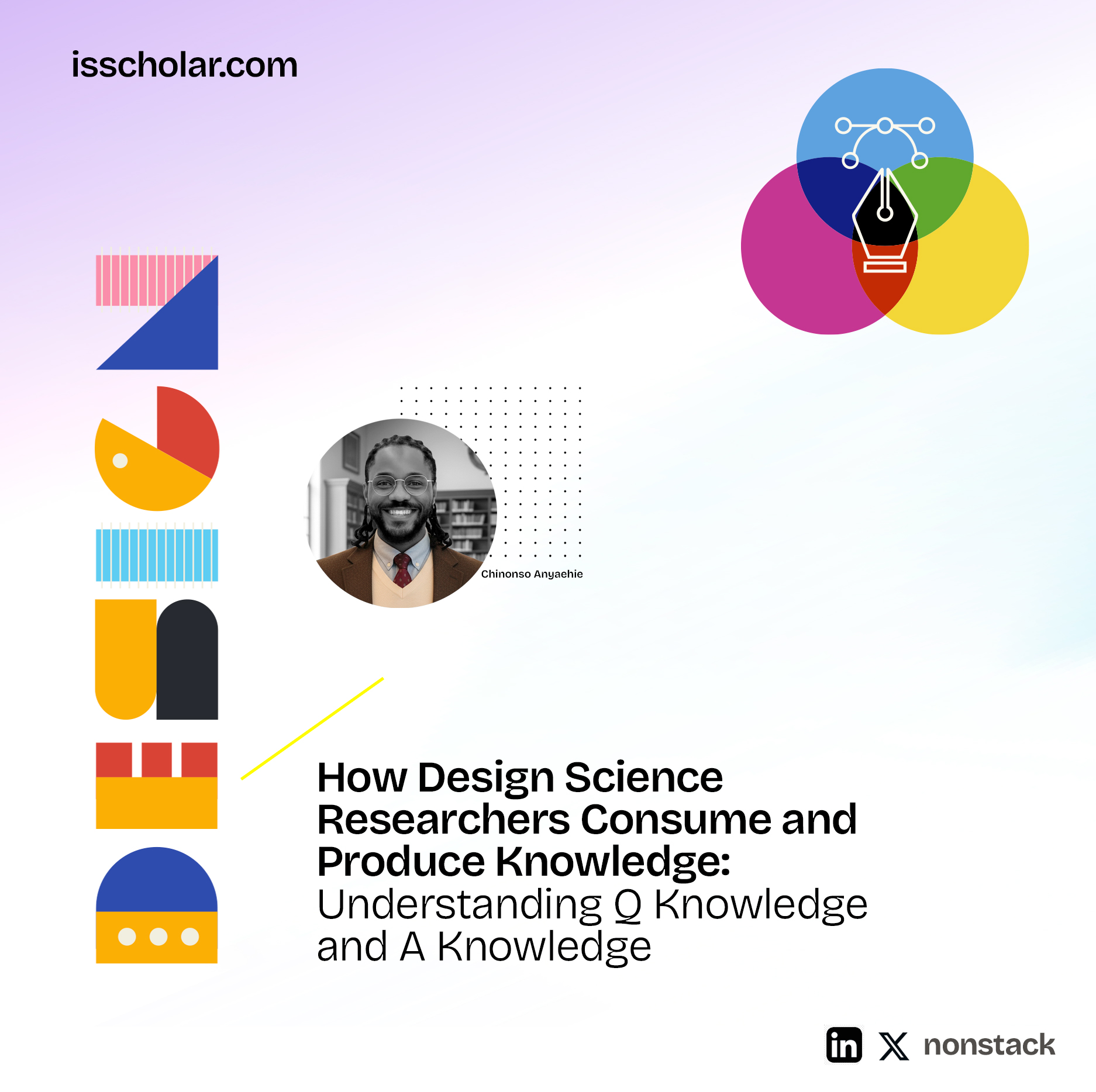
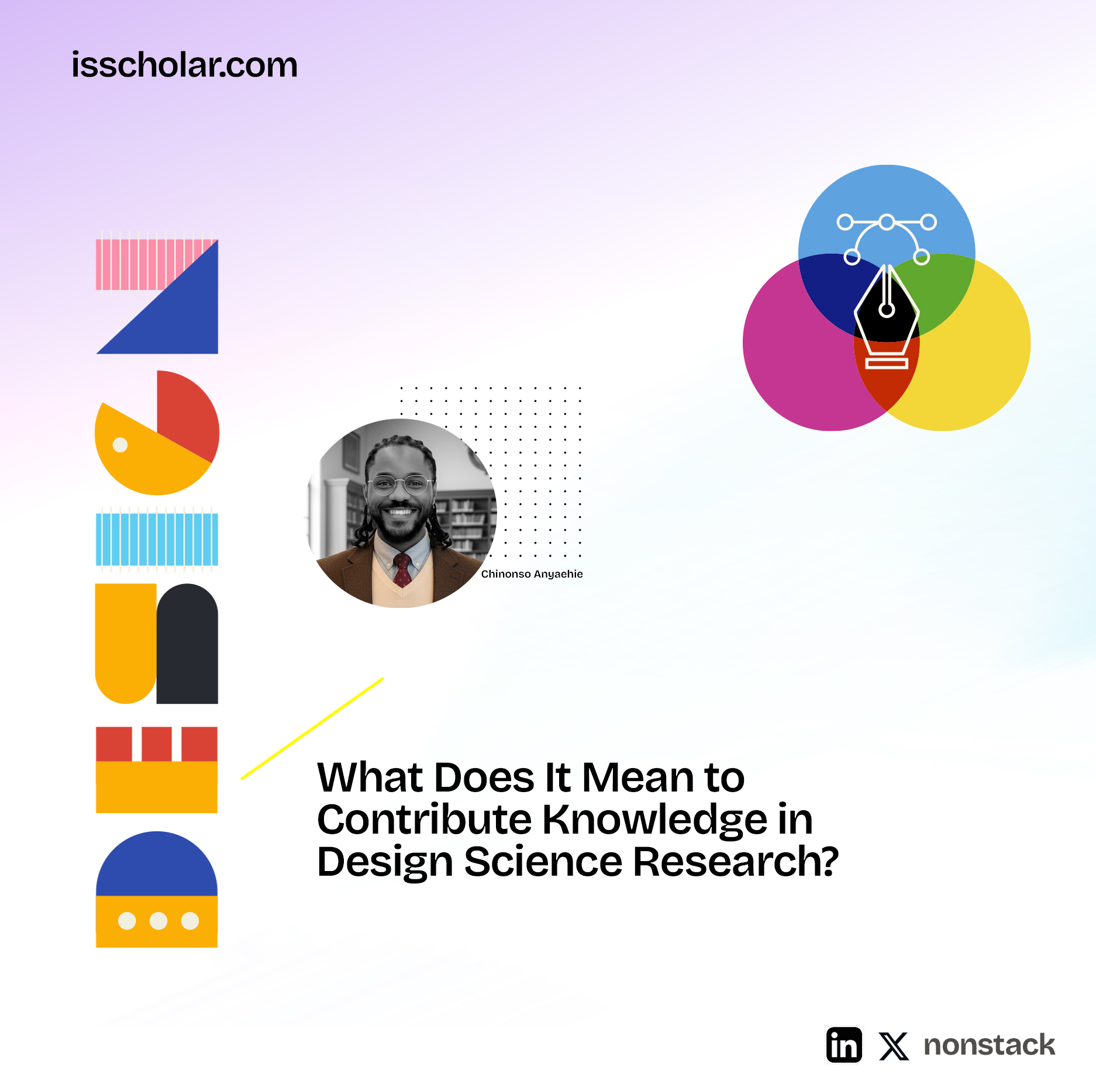

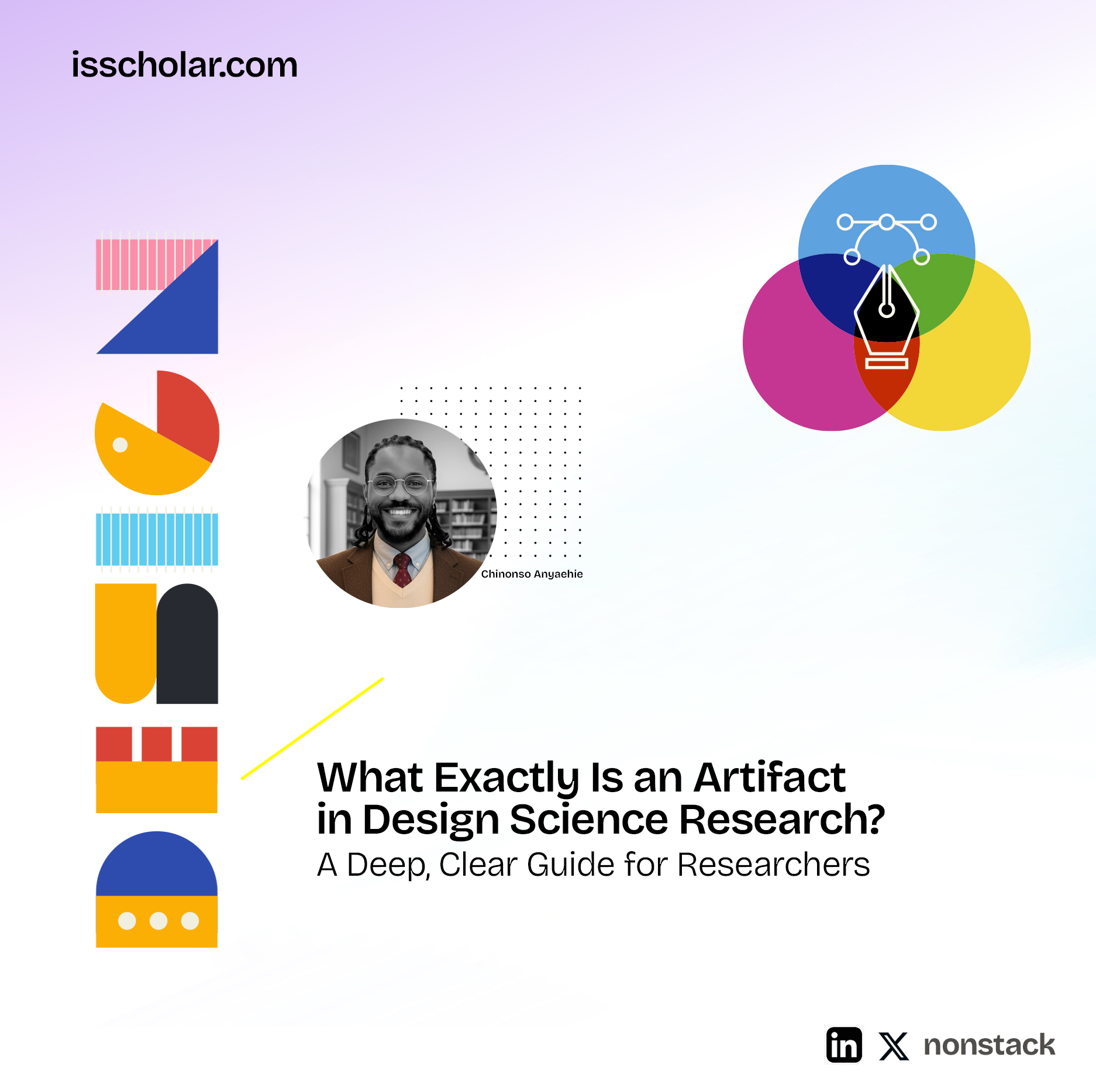
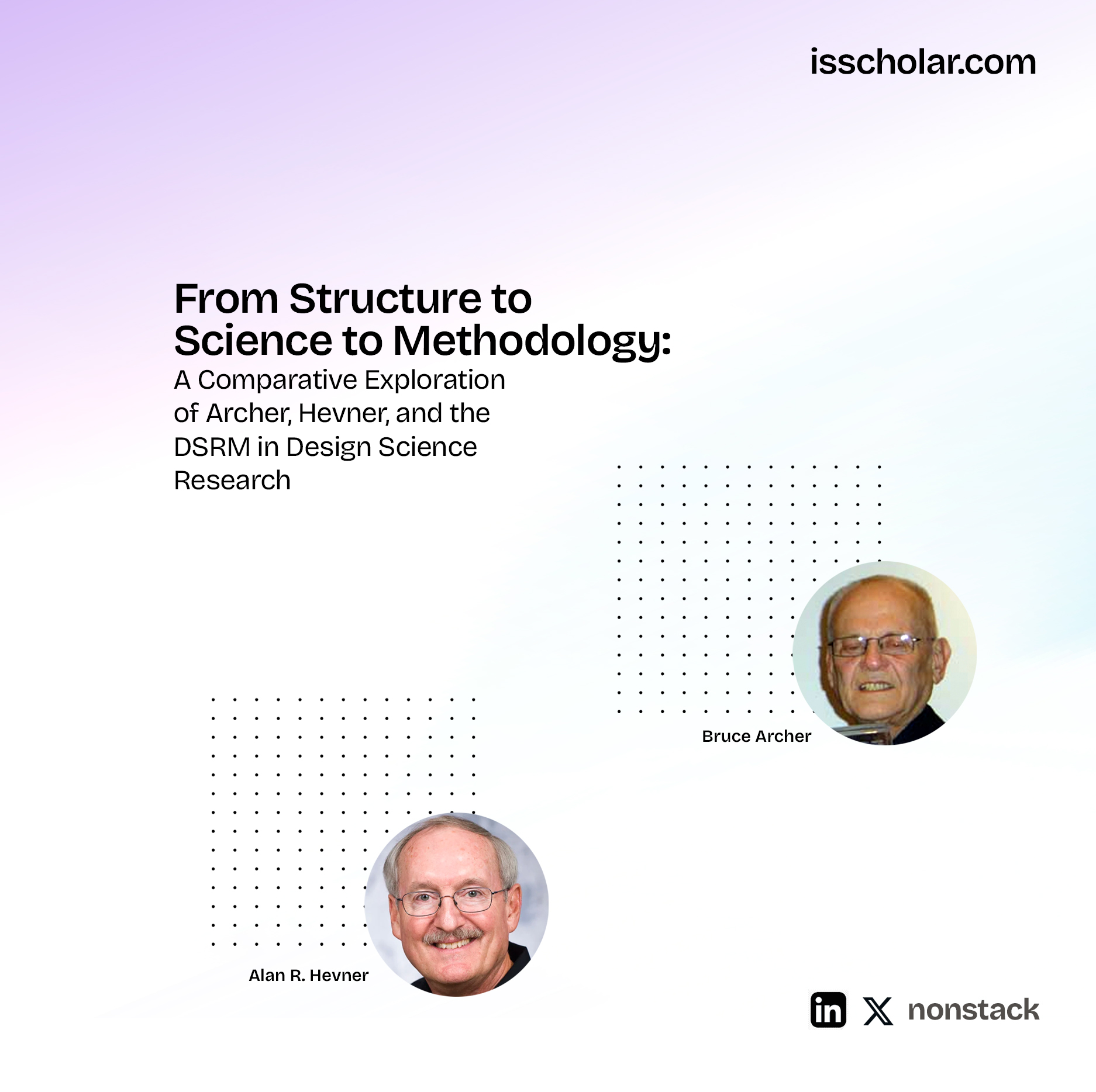

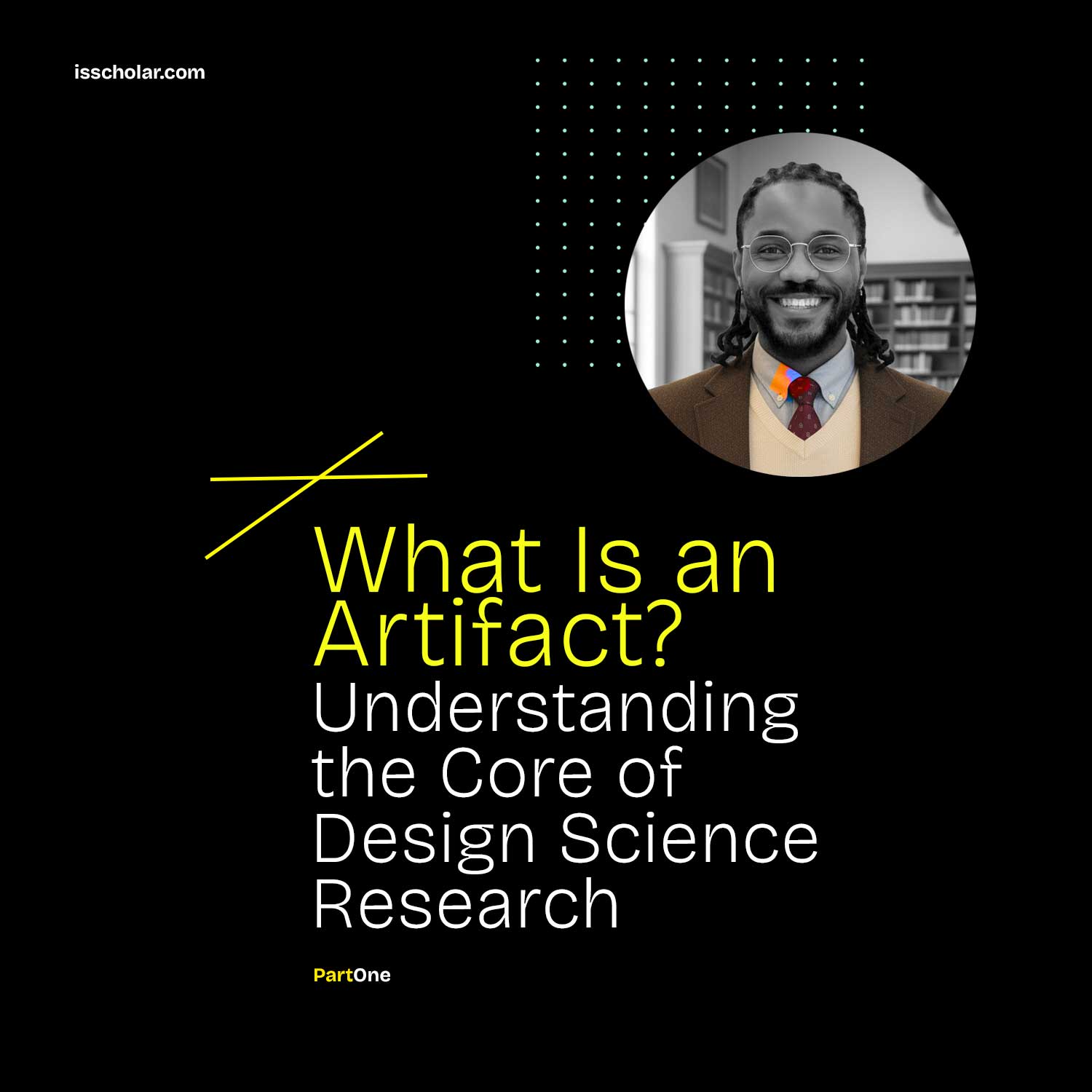

Leave a Reply